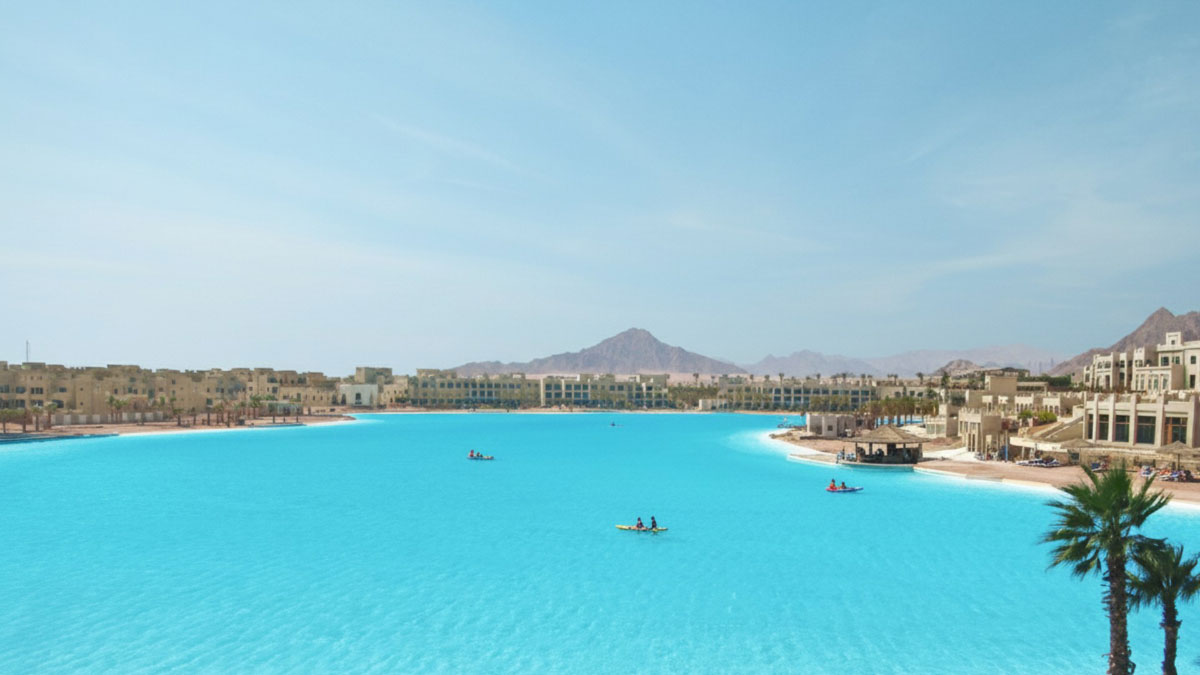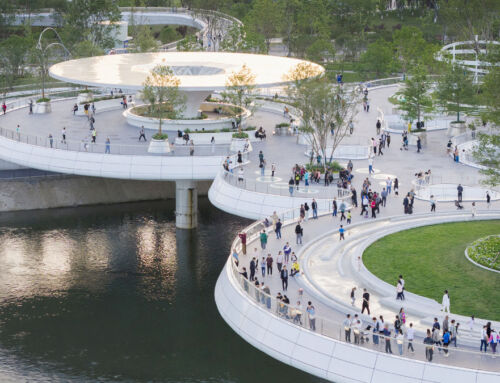If we look in the dictionary, a swimming pool is a ‘structure containing a large amount of water and intended for bathing, swimming or other water exercises and sports’. Surely, when reading this definition, our imagination will leave out certain pools that are out of the ordinary. Those pools that our creative faculty leaves out because they are unusual are precisely the protagonists of this review. Yes, we are referring to the largest swimming pools in the world. Let’s see what they are:
CityStars Sharm El Sheikh, Egypt
The largest swimming pool in the world covers an area of no less than 100,000 m². Located in the south of the Sinai Peninsula, in the middle of the desert surrounding the Egyptian town of Sharm El Sheikh, this immense swimming pool belongs to a luxury tourist, hotel and residential complex. According to press reports, it took 22 days to fill completely with salt water from aquifers not used for agriculture. Its waters remain crystal clear thanks to advanced and energy-efficient filtration systems.
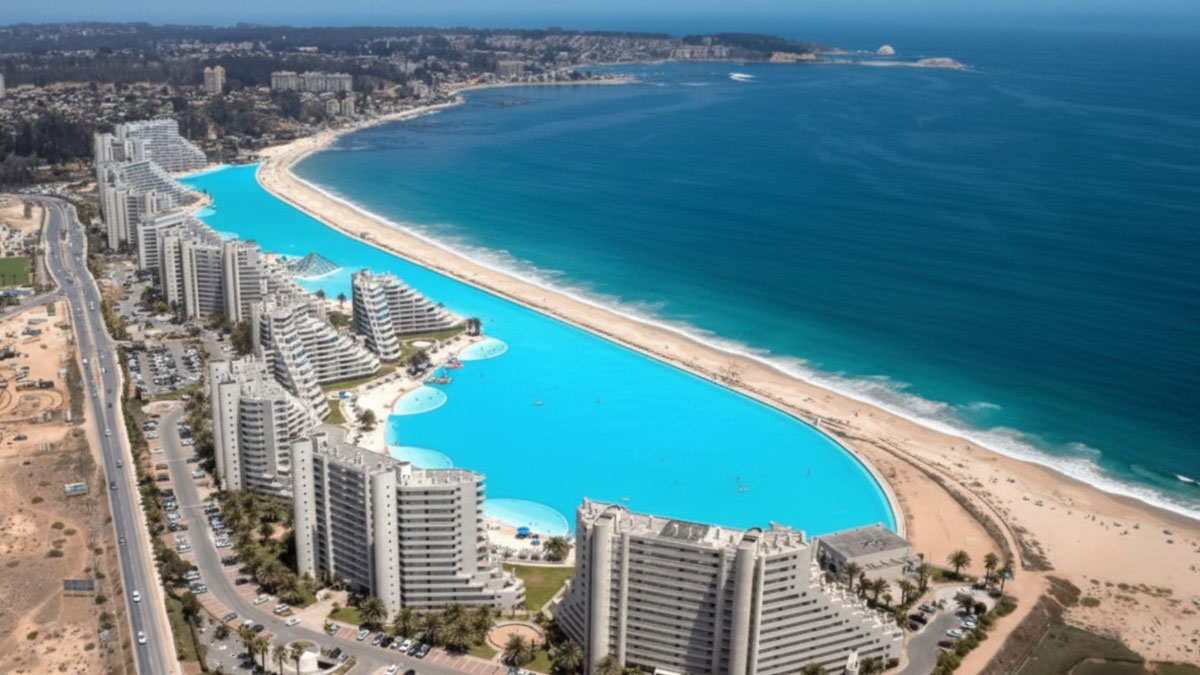
San Alfonso del Mar, Chile
This lagoon, over a kilometre long and covering an area of 80,000 m², held the world record as the longest swimming pool on the planet. It serves as a private beach for water sports in a residential complex of 10 buildings.
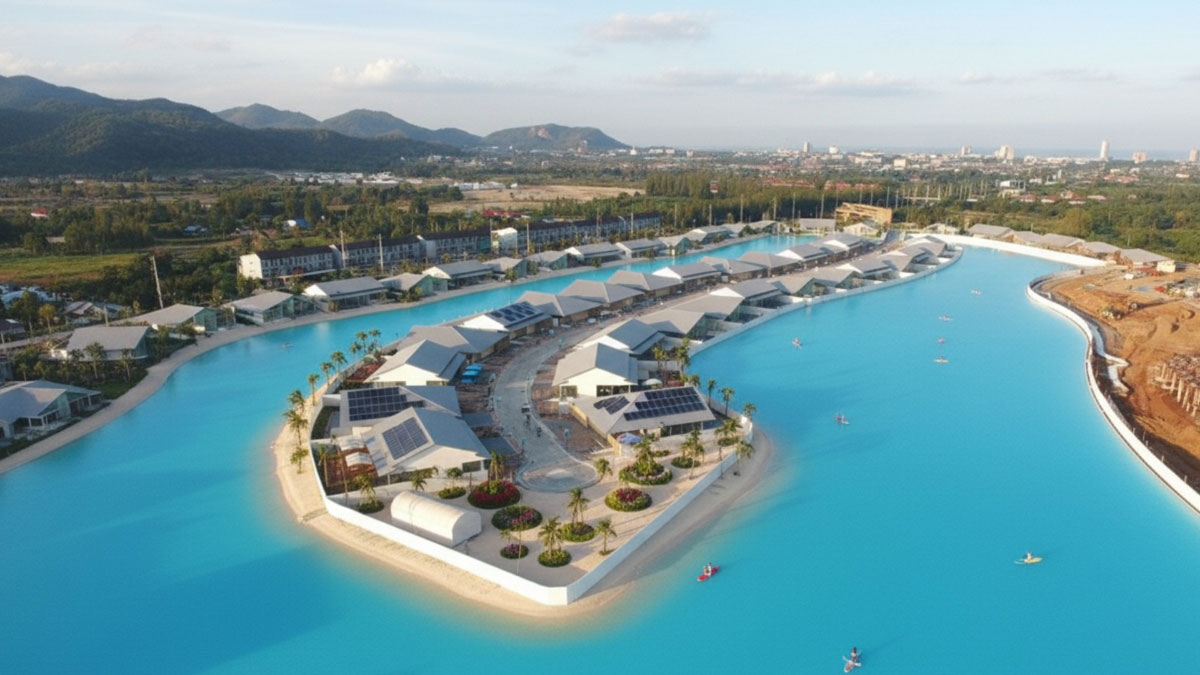
Mahasamutr Lagoon, Thailand
Located in Hua Hin, this 72,000 m² swimming pool is the largest artificial lagoon in Southeast Asia. It combines swimming areas with spaces for water sports, in an environment for enjoying leisure time and community life.
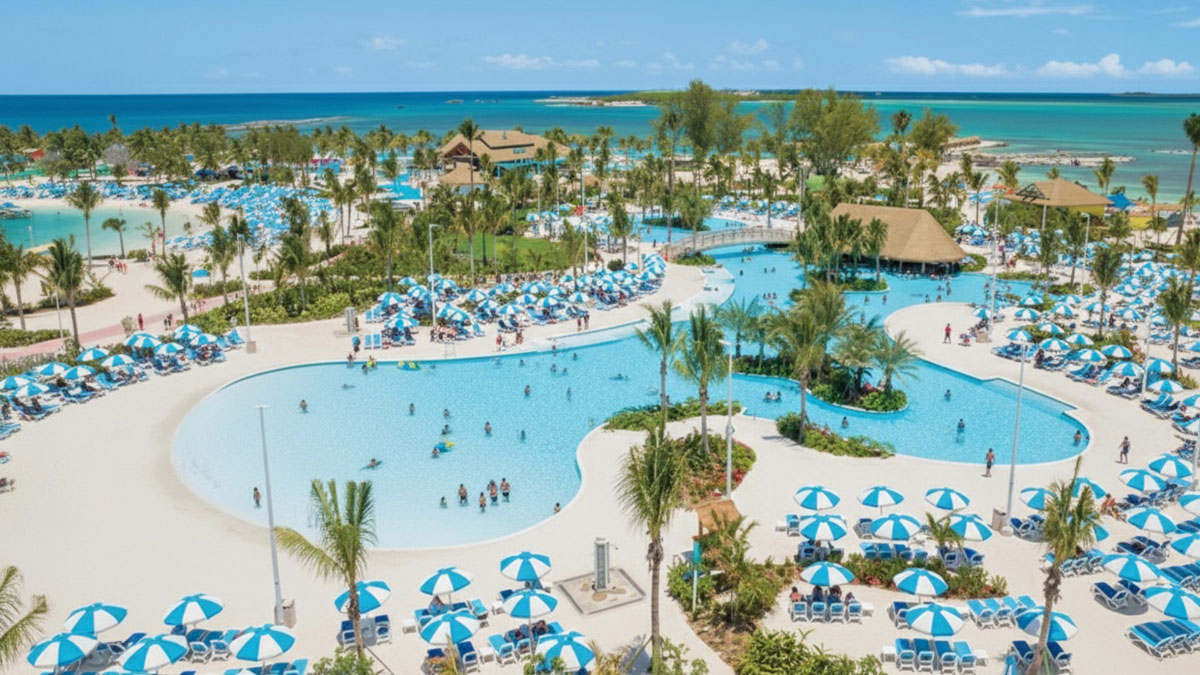
Oasis Lagoon, Brazil
Located north of Salvador de Bahía, in the Costa do Sauípe resort, it is one of the largest swimming pools in Latin America, covering 60,000 m². Its design includes separate areas for bathing and swimming, water sports and family entertainment. It is a complete tourist destination.
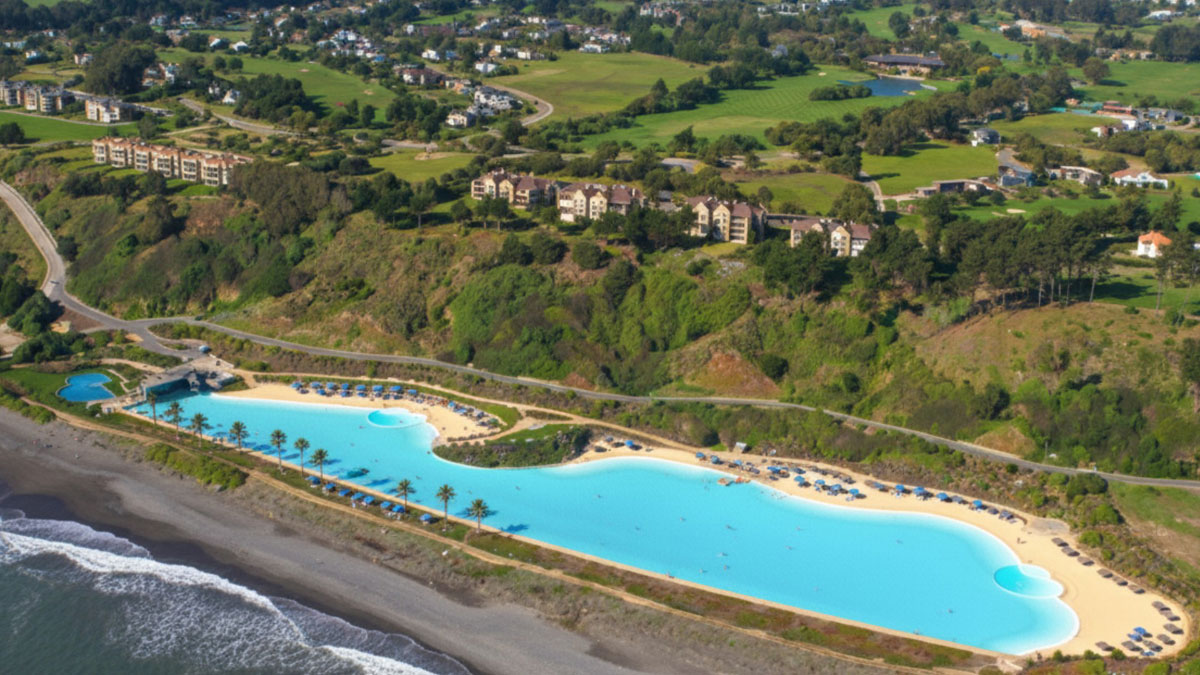
Las Brisas de Santo Domingo, Chile
With a surface area equivalent to 16 Olympic swimming pools, or 20,000 m², this artificial lagoon is one of the largest in the world. Its integration into a private residential complex demonstrates how water can enhance the appeal and property value of a project.
These facilities—which, in our view, go beyond the dictionary definition of a swimming pool—are the real stars wherever they are built, turning a place into a travel destination. These are gigantic bodies of water that act as tourist attractions and architectural symbols, providing unique experiences for travellers, residents and tourists alike.
By Ángel Ibáñez Pérez, senior MEP engineer in the Architecture Department at Amusement Logic.


